Mengshan Giant Buddha
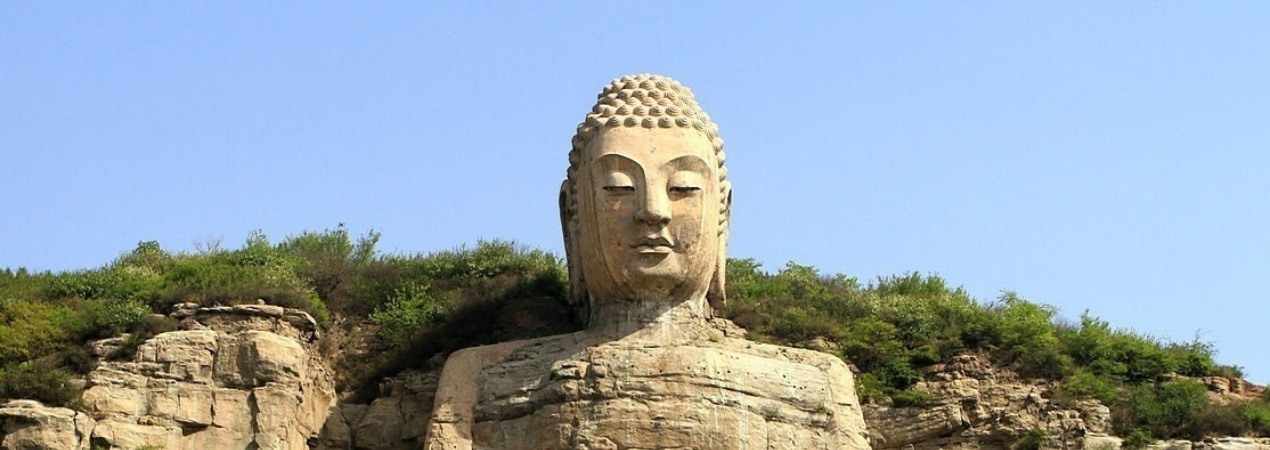
The Mengshan Giant Buddha, also known as the "Xishan Mountain Giant Buddha", is located in the northwest of Sidi Village, Jinyuan District, Taiyuan City. Due to historical and natural factors, the head of the Mengshan Giant Buddha was lost. It can only be inferred from historical records of the Tang Dynasty that the Mengshan Giant Buddha is about 63 meters tall. The Mengshan Giant Buddha covers an area of about 8 square kilometers. It is the largest and oldest giant cliff-carved Sakyamuni Buddha statue in the world with a precise date. Today, Mengshan has formed the Mengshan Giant Buddha Scenic Area with the Mengshan Giant Buddha as the core.
- Chinese name:蒙山大佛 Méngshān Dà Fó
- Recommended Duration: 1-2 hours
- Entrance Fee: RMB 50
- Opening Hours: 8:00-18:30
- Best time to visit: November to March
- Address: Northwest of Sidi Village, Jinyuan District, Taiyuan
- How to get there: Take bus routes 58, 329, and Y3 to reach Mengshan Scenic Area
Highlights of Mengshan Giant Buddha
Mengshan Giant Buddha
The Mengshan Giant Buddha, a seated Siddhartha Gautama statue dating back about 1,500 years to the Northern Qi Dynasty, represents the sculptural style of that period. It is the earliest open-air cliff-carved Buddha. After years of erosion, the original Buddha head no longer exists, and the Taiyuan Municipal Government later reshaped the Buddha head. Daduyan, the location of the Buddha, was found when a nearby village named with the word "temple" caught attention. Known as the Buddha's chest, this site was used by the emperor of the Northern Qi Dynasty for worshipping Buddha.
Kaihua Temple
Kaihua Temple is built against the mountain and consists of upper and lower courtyards. The upper temple, located at the northern peak of Mengshan Mountain (1,043 meters), is 800 meters from the lower temple, which offers great views of the Mengshan Giant Buddha. The temple has two 12-meter tall stupa towers, built during the Northern Song Dynasty, dedicated to Sakyamuni and the Buddha's relics. Called "Lianli Towers," they stand on a shared base with a semicircular archway decorated in blue stone and colorful paintings.
Iron Buddha Hall
The Iron Buddha Hall lies beneath Kaihua Temple and gets its name from the iron statue of Shakyamuni Buddha housed inside. Cast during the late Sui and early Tang Dynasties over 1,300 years ago, the statue is 2.6 meters tall, weighs 4.2 tons, and was made using a hollow segmented casting method. Nearby stands a statue of Buddha Kashyapa, which shares the same age as the Shakyamuni statue and remains in great condition.
Pagoda Forest
On the way from Kaihua Temple to see the Mengshan Giant Buddha, visitors can see many pagodas, which are the burial grounds of high monks from successive generations at Kaihua Temple. Currently, more than 300 blue-brick stone pagoda bases from various dynasties, including the Northern and Southern Dynasties, Sui and Tang, Five Dynasties, Song and Yuan, have been discovered in the pagoda forest, making it the largest pagoda forest site in China.
Educational Value
The Mengshan Giant Buddha exemplifies Buddhist sculpture art from the Northern Dynasties to the Sui and Tang periods. It's huge (about 63 meters high) and appears solemn. It tells visitors that Buddhist culture was popular then, and stone carving was skilled. It provides valuable physical evidence for the study of the development of Chinese Buddhist art.
Activities to do at Mengshan Giant Buddha
Hiking:The place is beautiful, featuring thick woods, running streams, and fresh air. You can choose to walk along mountain paths. Enjoy the nice sights while you go.
Buddhist Ceremony:If you are interested in Buddhist culture, you can join some simple Buddhist rituals at the scenic area, such as burning incense and praying. Experience the seriousness and mystery of Buddhist culture, and find inner peace and blessings.
Drop us a line and we'll connect you with the top China expert in no time!
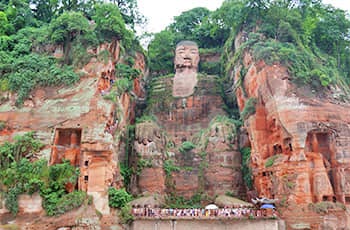 China's largest statue carved out of a cliff in China
China's largest statue carved out of a cliff in China 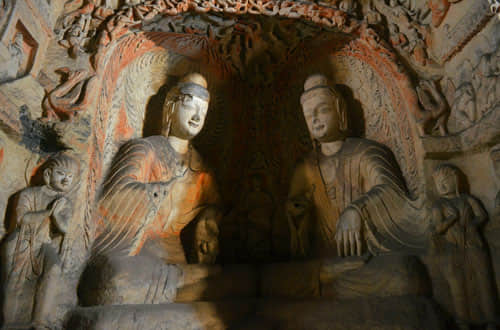 Buddhist Grottoes in China
Buddhist Grottoes in China 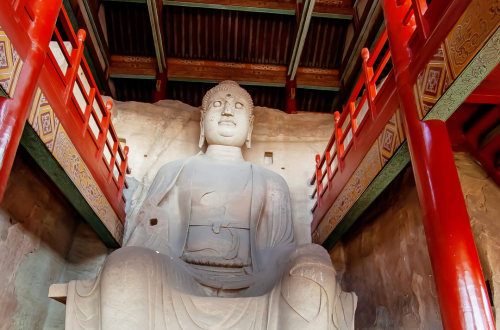 Tianlongshan Grottoes
Tianlongshan Grottoes 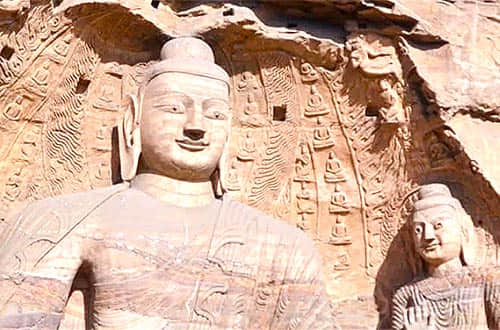 Yungang Grottoes
Yungang Grottoes 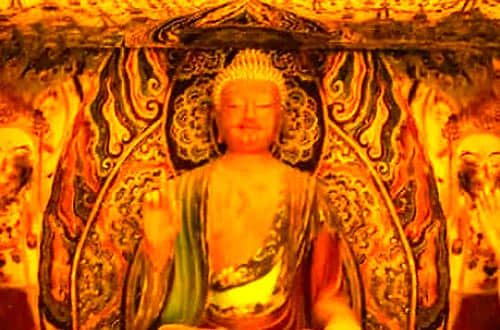 Mogao Caves
Mogao Caves